Low and Slow: Building Whitewater Packrafting Skills
Low and Slow: Building Whitewater Packrafting Skills During Low Flows
Photos and Words by Andrew Borden
When runoff has passed, whitewater can be hard to find. But don’t worry, there are other ways to get your whitewater fix and improve your skills before the bigger flows return.
On a recent trip, my friend Bryce and I ran a wilderness backcountry run at bare bone flows. We knew it was going to be low… really low. Luckily, that’s where the packraft shines. The plan was to hike in 18ish miles and raft out the same day.
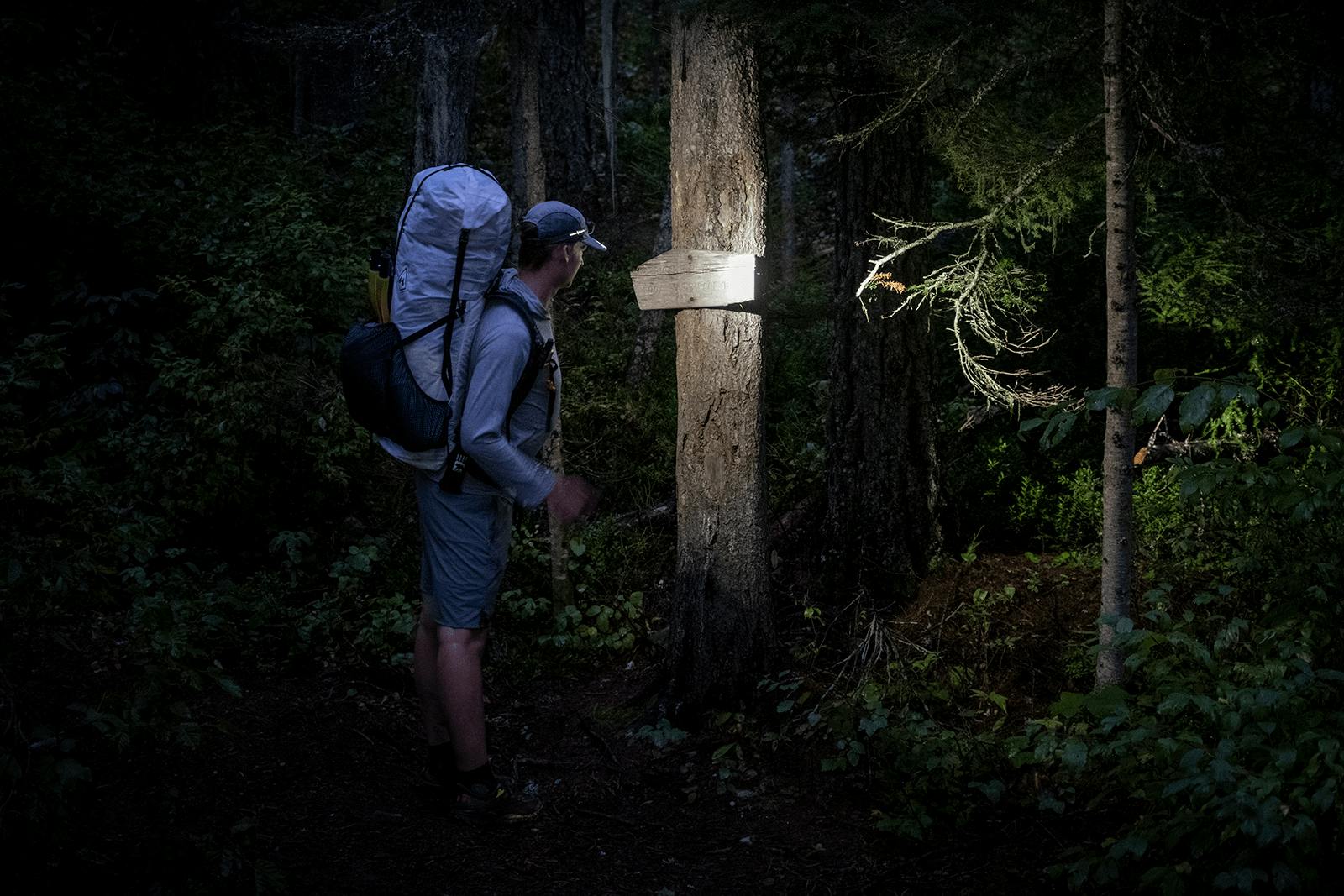
Bryce navigating the trail moments before sunrise.
The trail that we were following gave us limited access to view the water. It wasn't until a few hours in we saw the river. This was the third time I ran the river this year and needless to say, it was quite different from when I ran it during the run-off.
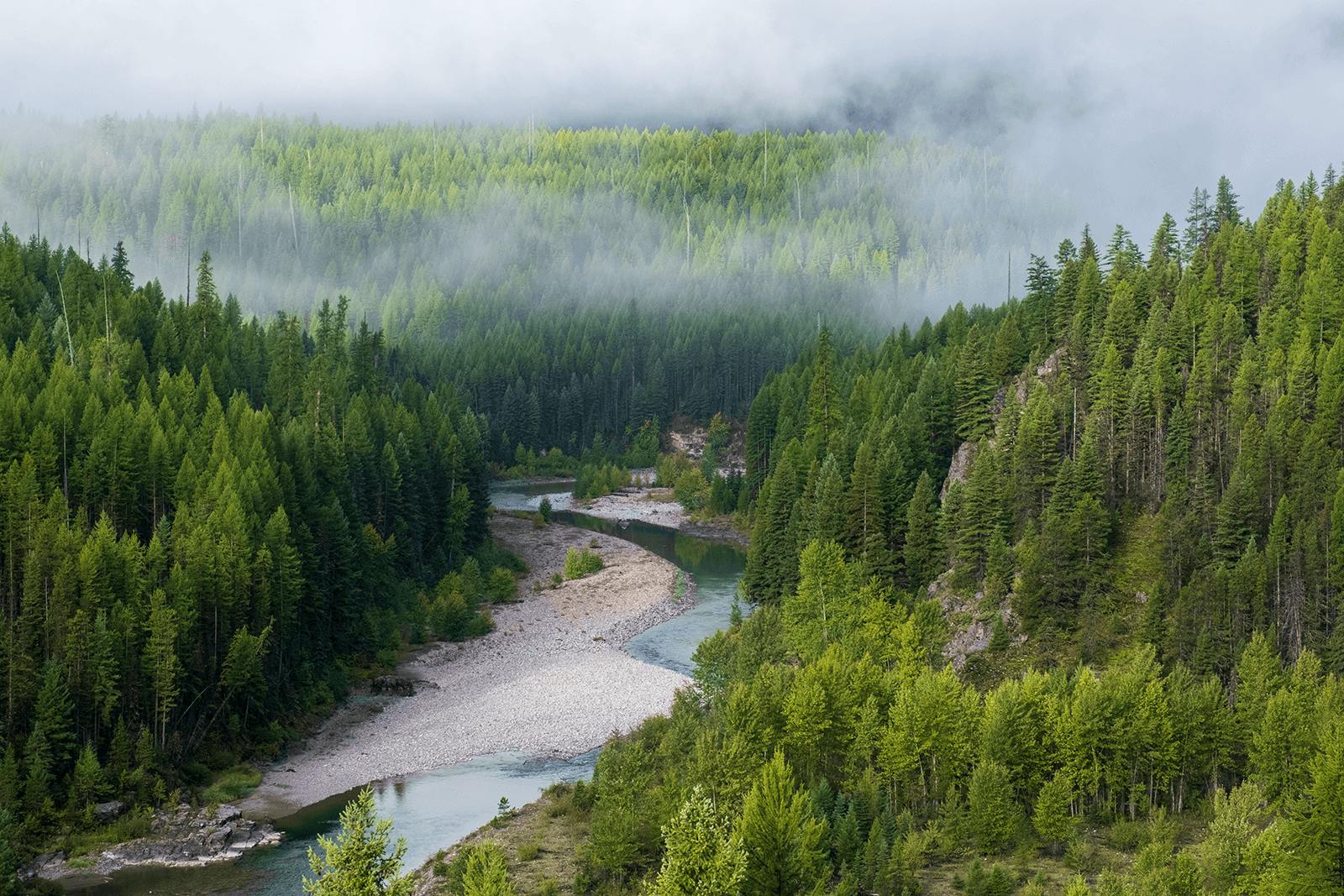
Skinny water on what normally is a class III.
Further and further up the river we contemplated our original plan, knowing that the water levels weren't going to get any better. We decided to put in a little early to avoid dragging.

Putting the pack in packraft.
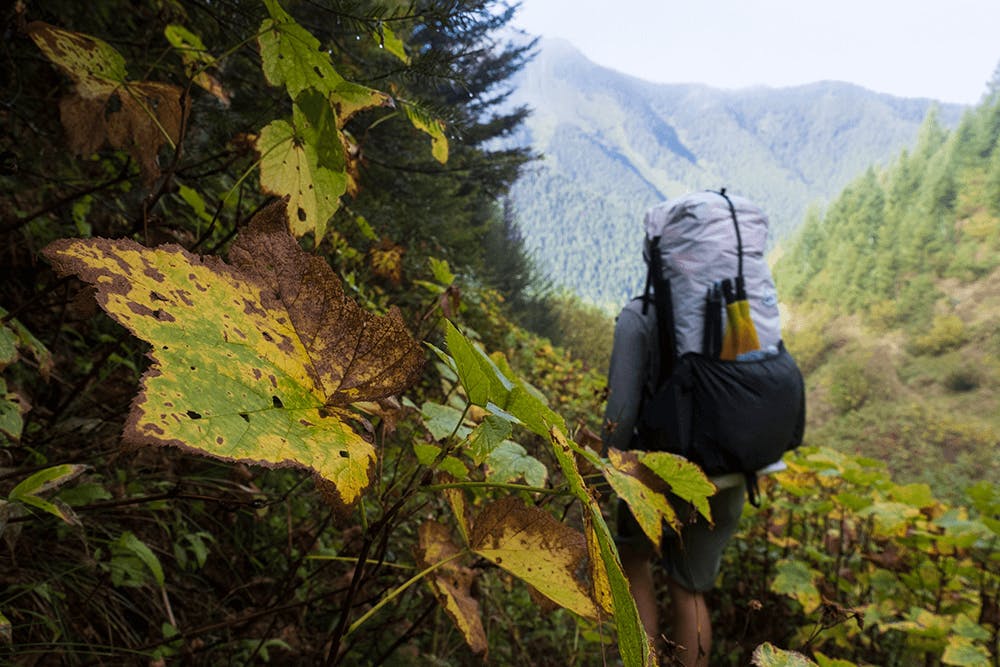
The walk in is all part of the fun.
Around 14 miles in we reached our put in. The stoke was pretty mild, but spirits were raised by my newest backcountry recipe, fish soup. It’s still in beta testing but has some potential. Lightweight, salty, warm, 38g of protein, and only $3.19… how can you say no?!
With food in our stomachs we hit the water. The river looked a lot different than when I ran it at 12k this spring. One of the benefits of running low water is that you get to practice running new lines on the same river. The rapids were obviously much smaller and less pushy, but demanded precise paddling to avoid rocks. Certain lines require a lot more set up and river reading. The wrong line choice could end up with the dreaded boat drag.
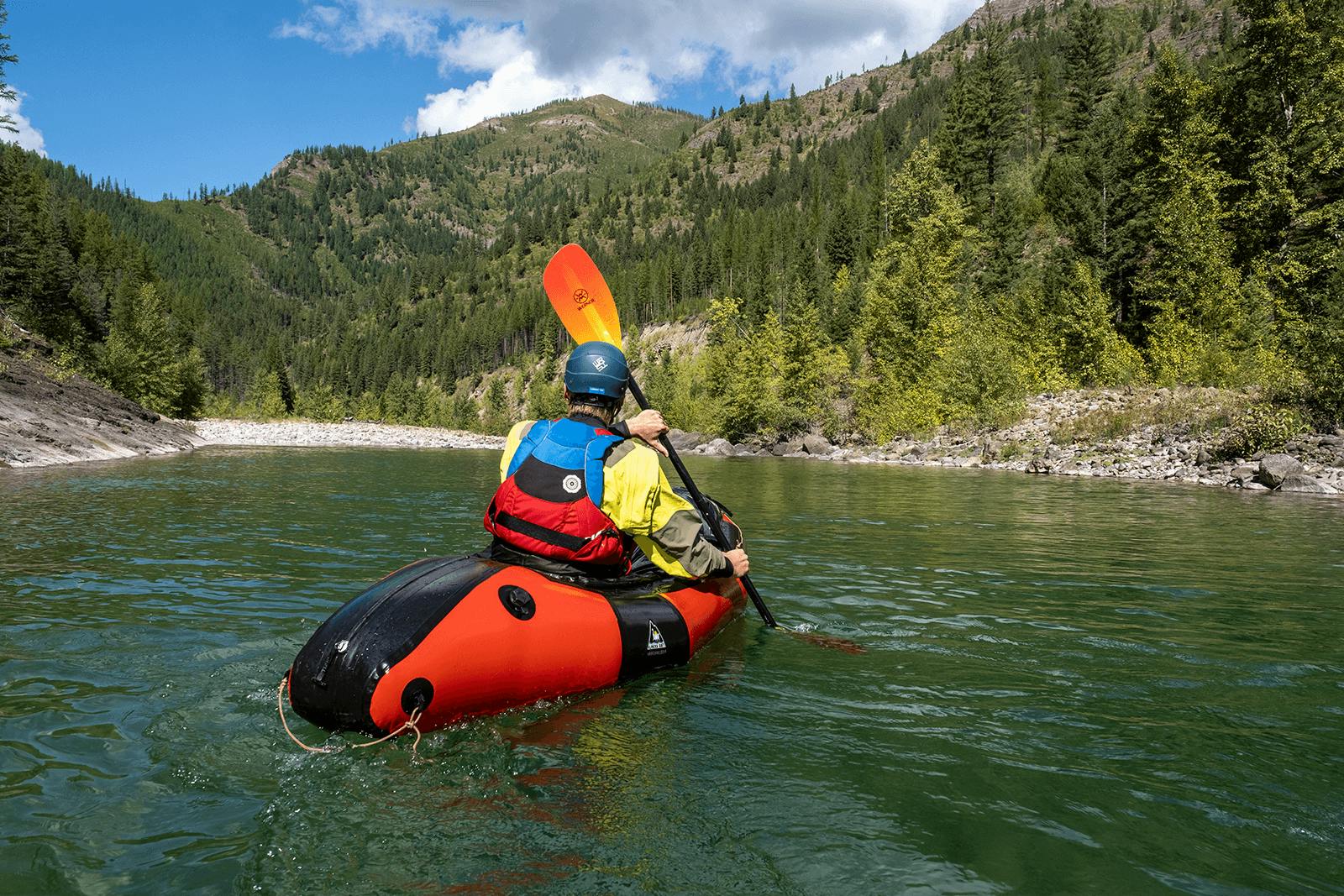
Bryce paddling on normally what would be some fast boogie water.
As we approached the lower section of the wilderness stretch, the walls on the river began to constrict and the water began to take some shape. The gorge stretch of the river typically runs at class IV. At these flows we didn’t expect it to feel any harder than class III.
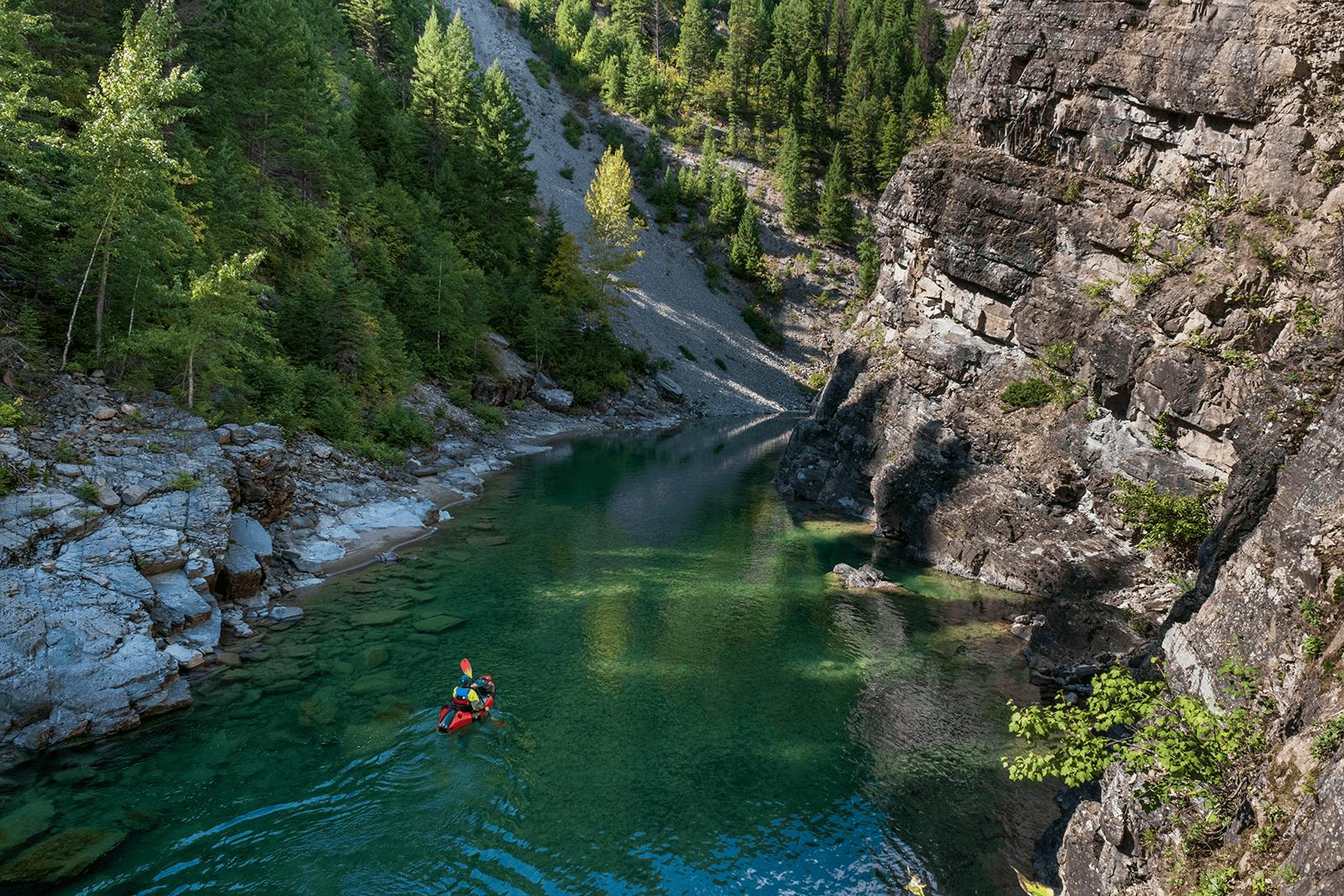
Entering the gorge with clear and cold water.
Once in the gorge we navigated the pool to pool drops and rock gardens. It was by far the most anticipated part of the day. There were plenty of spots to work on boofs and eddying out.
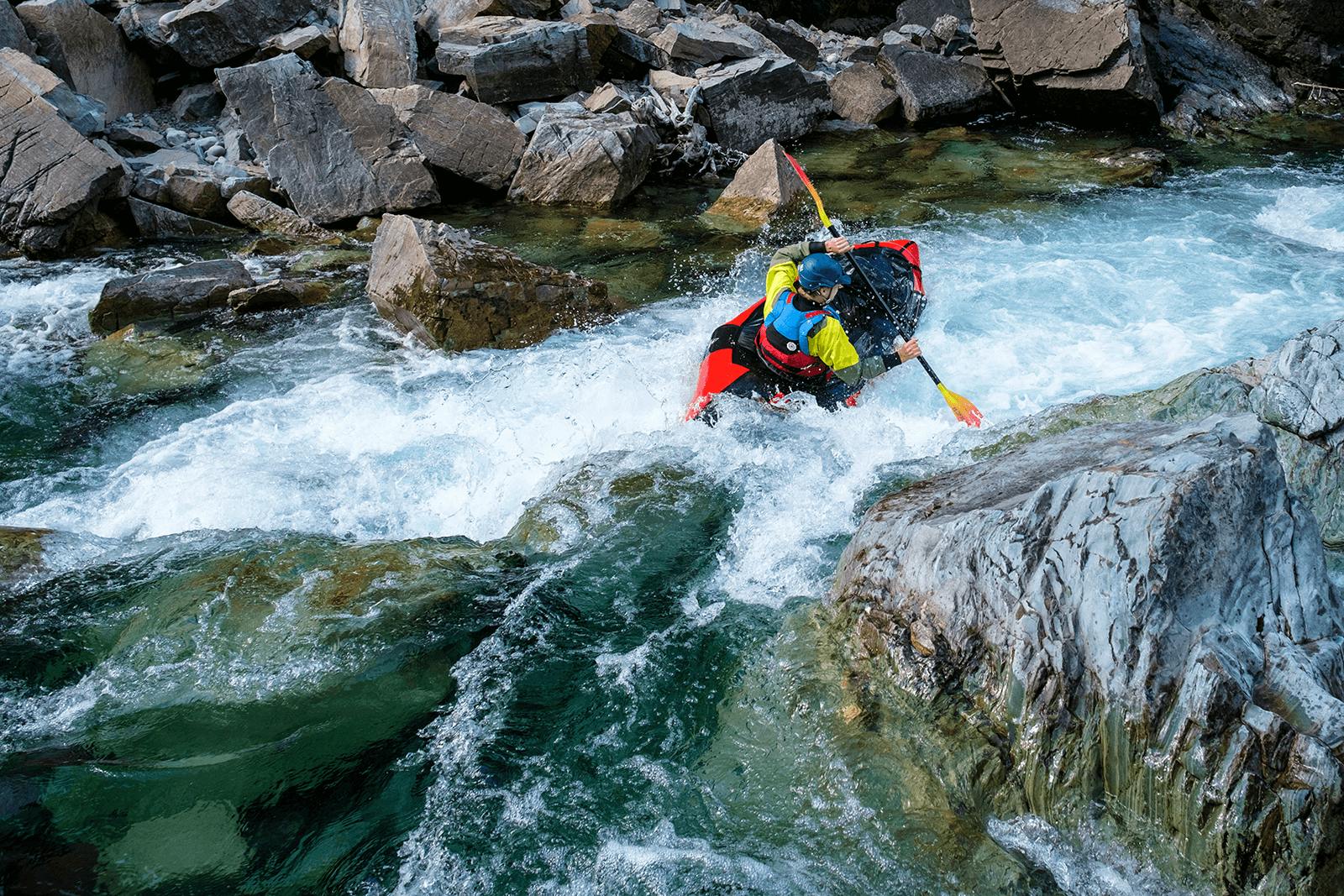
Shoot between the rocks and set up for the next drop!
The narrowing of the water provided greater depths, there were less worries of bumping rocks. The draw stroke was deemed the MVP for the day, being able to adjust the boat laterally was a lifesaver in some tight rocky sections.
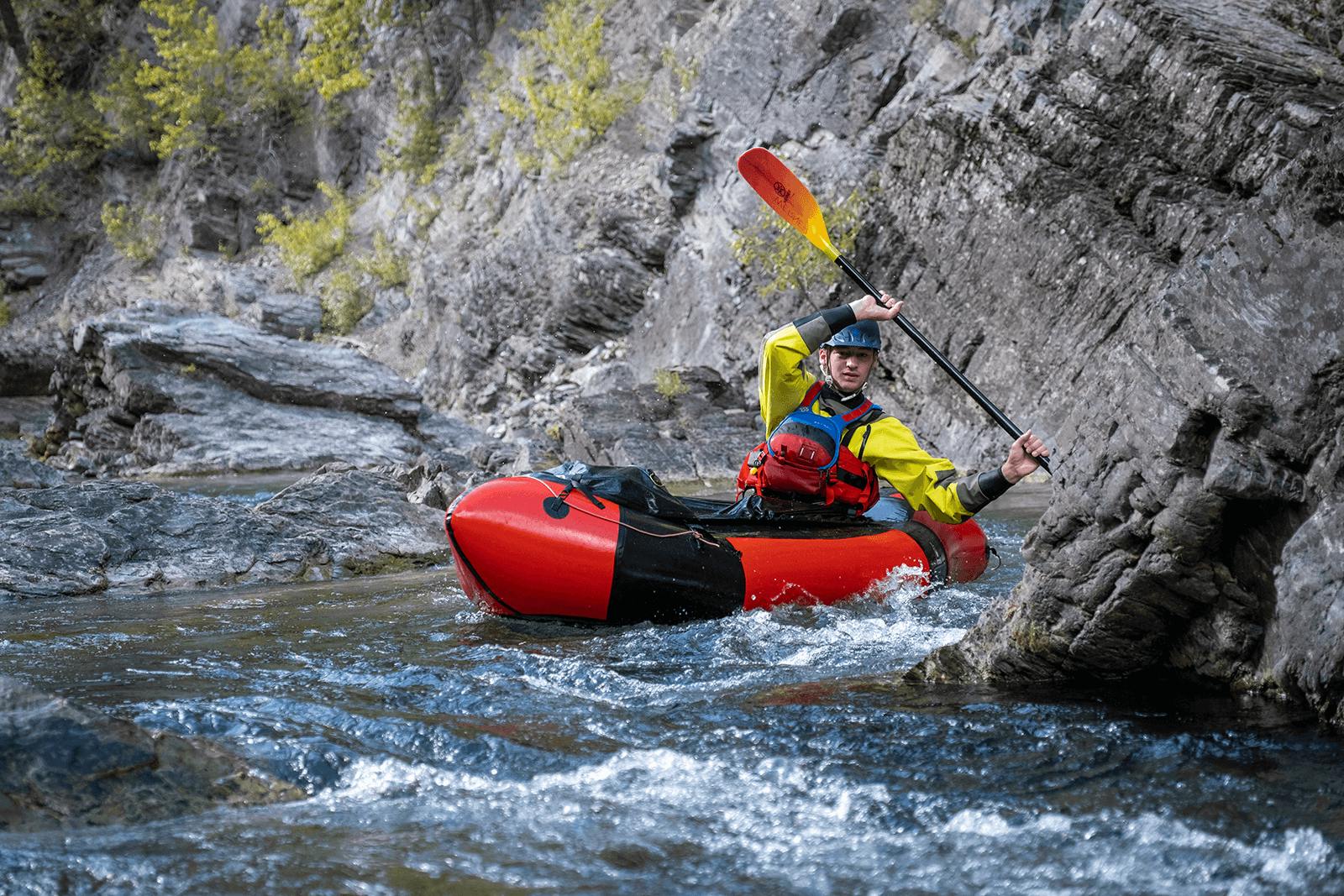
Bryce utilizing the draw stoke to avoid rocks.
After the gorge we were left with a few more miles of easy paddling back to the trailhead. While the water wasn't big by any means, it was a good day of practicing skills. Running traditionally bigger runs with less water allows you to get to know the river better and gives you a chance to make mental notes for when the gages start to rise. Get out, practice your skills, and have some fun!
About the Author
Andrew Borden is an adventure photographer based in Missoula, MT. He can be found packrafting backcountry whitewater or skiing the many mountain ranges around Montana.
Follow more adventures through his lens:
Instagram: @andrewbordenphoto
www.andrewbordenphoto.com

